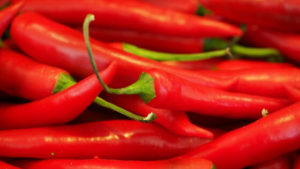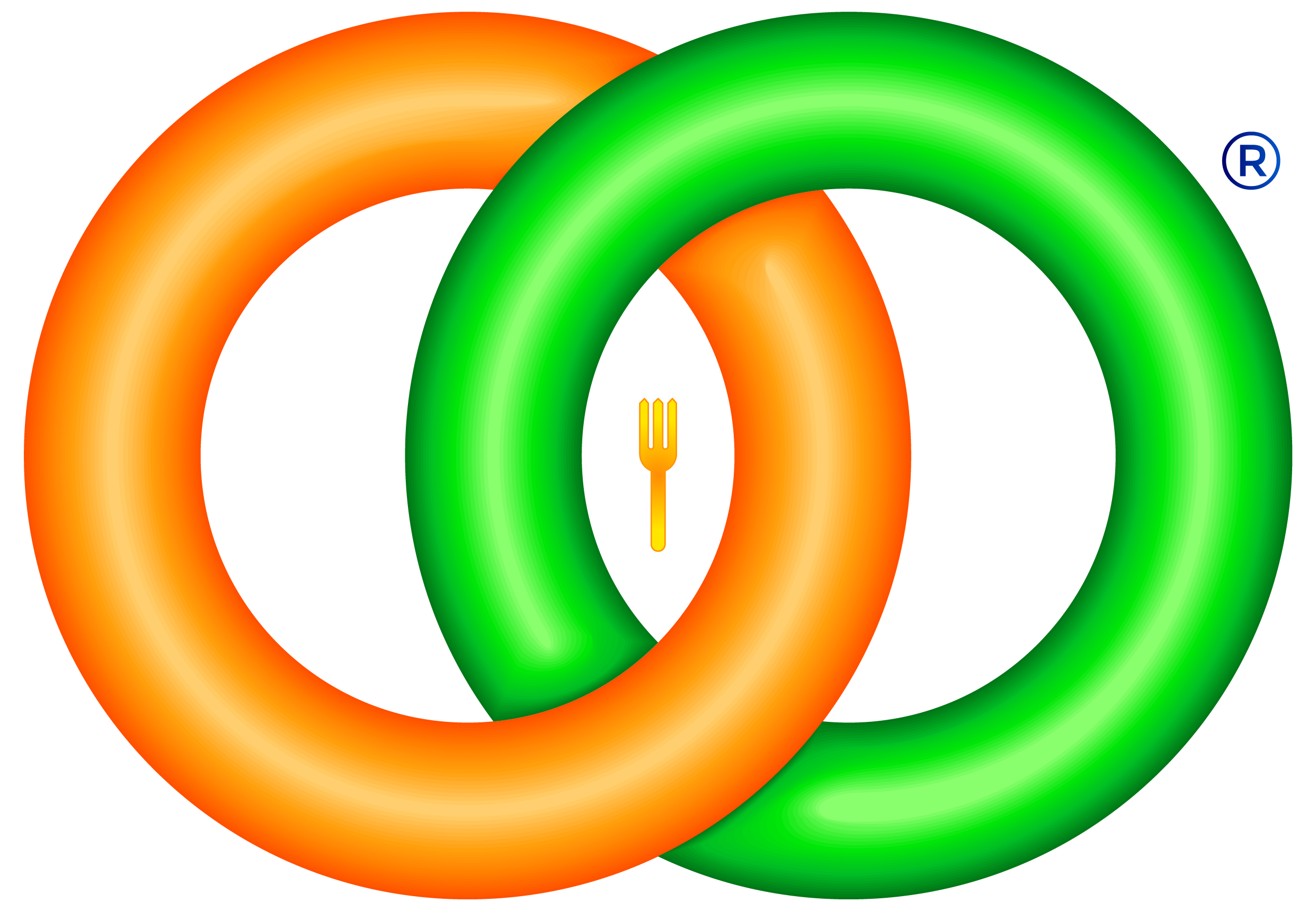
Indian Spices
Indian Cooking spices History
Learn about Indian cooking spices History From a chef and traveller chef Kanthi Thama. From easy tiger restaurant at Brighton ,United kingdom .
He was setting a bench mark doing the covid lock down time . He was feed NHS support staff , front line warriors in Uk.
 This past week, what with the lockdown and all, I finally decided that the time had come to sort out the kitchen. In a bit — you know, clean out the cubpoards, stop the pots cohabiting with pans. The silverware riot in the cutlery draw—-a place for everything, and everything in its place, no?
This past week, what with the lockdown and all, I finally decided that the time had come to sort out the kitchen. In a bit — you know, clean out the cubpoards, stop the pots cohabiting with pans. The silverware riot in the cutlery draw—-a place for everything, and everything in its place, no?
That’s when, I happened upon three pretty pouches — malabar pepper, ceylon cinnamon, and salem turmeric. Tucked away in one of those dark corners that my fingers seldom trek to.
Hmmm… spice…memories….every spice married to a memory . Ranging from trips to the local market, summers spent in the family kitchen, to beautifully executed evenings of refined gastornomy.
But ever wonder how spices, and everything linked with them. came to influence the collective history of humankind and rule our psyches?
The story of spice and all that it touches, has perhaps been one of the most recurring episodes in the story civilisation . For the journey from caves to cathedrals and the coronavirus-times of today, has often had a stopover by a pot of stew, with a spice or two.
No, not often, but always !
 Take this pouch of pepper for instance — been traded about the seven seas for well over 3000 years now. Picked up from the coast of Malabar, the finest Telicherri pepper, was currency in some parts of the middle-east. Yes, you could pay your taxes, bribes and the bride-price in black-pepper back then, for it was the black gold of its times.
Take this pouch of pepper for instance — been traded about the seven seas for well over 3000 years now. Picked up from the coast of Malabar, the finest Telicherri pepper, was currency in some parts of the middle-east. Yes, you could pay your taxes, bribes and the bride-price in black-pepper back then, for it was the black gold of its times.
Same goes for Silphium, a wonder spice/drug that was traded to the extent of it going extinct. The city of Cyrene, along the Libyan coast ran its entire economy based on just this one spice, and the early Greeks waged many a war just to ensure its supply.
It isn’t difficult to conjecture why — as the lightest of all traded merchandise, spices were bound to be the most valuable — every merchant caravan heading west from India, traversing through Persia, Arabia and Turkey was sure to have a few camels laden with spice sacks for they alone, were both — tradeable goods, and currency — at the same time !
Spice Trade
The Romans introduced the earliest spices to England, the first legions brought ashore garlic, amongst other staples.
But out in Rome, it was pepper from the Indies that was the mainstay of every patrician kitchen. So much so, that Pliny the Elder, bemoaned the draining of the Roman treasury to finance these ‘luxuries’. With the Persians monopolising the land routes, and the Arabs commanding the seas, the Romans decided that they were done getting gouged for the pepper, and ended up conquering Egypt —and so, gained control of the land bridge between the two seas, and all the spices heading their way!
Imagine that — declaring war, just so one could get their pouch of pepper at a decent price !
Well, that was 30 b.c…but since then, the control of the spice trade became one of the pillars of foreign policy, of every major trading power in Europe. Beginning with the Romans, then the Byzantines and up until the era of the Republics of Venice and Genoa, it was all fine….. until the fall of Constantinople to the Ottoman Turks in the summer of 1453.
So, after 1400 years of reasonably priced spices, Europeans had to kowtow to yet another Middle-Eastern power again!
What is it about spices that was so important, that inspite of the immense effort and price, there was an undiminishing demand for them in every known culture?
Was it just a novel indulgence for the rich then? Not quite, ask any able homemaker and they’ll tell you —- every spice, began its journey in the kitchen, as some sort of medicine.
Ginger, pepper, coriander, cumin, costh and nard—digestives and dewormers of different types; Cloves, cinnamon and Camphor the best pain-relievers; Cardamom, fennel, and aniseed to beat bad breath! The list is endless. Now, who amongst us, has never needed help with any of these issues huh?
Spices, also played a vital role in food preservation around the world …. every pickle and sausage out there has atleast one (if not more!) in its recipe. This ensured a remarkable increase in the access to food the poor had, particularly during the harsh European winters.
So all through the 15th century, while there was a gradual resurgence in European military power in the western mediterranean, the east was tethered tight to the Turkish yoke. And that is when more traders, and adventurers got desperate to find a direct sea route to the Indies, giving rise to increasing investments in naval adventurism. Columbus sailed west and landed on a totally different continent. But Vasco da Gama sailed south, along the African coast around the Cape of Good Hope, and buffeted by the monsoon winds, landed on the sands of Calicut — the South western tip of the subcontinent.
That single event in the summer of 1498, set the tone for all interactions — between Europe, and the rest of the world — for the next 500 years. While Spain hankered for gold in the new world thanks to Columbus’ discovery of America, the Portuguese banked on trade monopolies with the Indies. The Dutch, and the English were quick to follow in their wake and within a period of 150 years, had ‘factories’ (trading outposts, mostly along the waterways ) along the coasts of Africa , India, Sri Lanka, eventually reaching deep into south-east Asia.
Alongside spices, Europe now had easy access to other comestibles like refined sugar, rice, and potatoes.
This had a marked influence on food preferences in Europe, altering culinary traditions forever. Beginning in the royal kitchens and eventually, trickling down the social strata to even the humblest hovel, spices dictated what foods one ate.
The fantastic fortunes to be made from the spice trade, also ushered in an era of colonisation and slavery, influencing the mores of a society that saw virtue in Imperialism. Vasco da Gama’s first voyage was so successful (the profits were sixty times the cost of the voyage!)that it sent forth a slew of traders to the Indies, all sailing under the Portugeuese flag. In the 10 years following da Gama’s landing at Calicut, the Portuguese state had a stranglehold on most of the major ports of Western India –from Cochin in the south, up the coast to Goa and Diu! They subdued the local potentates, and negotiated very profitable treaties with the empires of Vijaynagara and the mighty Mughals. The Dutch followed, fighting the Portuguese tooth and nail for control over Ceylon and the Indian ocean trade, establishing colonies as far out east as New Guinea.
England caught onto the game a full 100 years later and chartered The English East India company in 1600, trying hard to woo the Mughals away from the Portuguese, and within the next 200 years controlled all trade (and as a consequence, politics )becoming masters of an empire that eventually covered 25% of the globe.
 Another consequence of all this trading about and colonisation, was the movement of entire communities (and the culinary exchanges ), along these routes. Gujarati traders setting up shop in Mombassa also brought their cloves and cumin, while the Telugus and Tamils heading to Malaya and South Africa took with them chillies and black pepper. The Bhojpuris, with cumin and fenugreek, changed the eating cultures of lands stretching from Mauritius and South America to Fiji. The staples in all these places might not have altered that much, but the spices introduced by these people, have transformed the native palates forever.
Another consequence of all this trading about and colonisation, was the movement of entire communities (and the culinary exchanges ), along these routes. Gujarati traders setting up shop in Mombassa also brought their cloves and cumin, while the Telugus and Tamils heading to Malaya and South Africa took with them chillies and black pepper. The Bhojpuris, with cumin and fenugreek, changed the eating cultures of lands stretching from Mauritius and South America to Fiji. The staples in all these places might not have altered that much, but the spices introduced by these people, have transformed the native palates forever.
A lot has changed in the world since the first of the spices was sold in the international marketplace. The way we cook, trade and live nowadays is markedly different from the Roman times, but the spice trade, is just as (if not more) important today , dictating the flavors and fortunes on every continent. Wherever you see a working kitchen — be that of a street vendor, a food factory, the local pub or a michelin star restaurant — there’s bound to be a bag spices there.
For man, can’t just live by bread and salted butter alone — while meat and veggies might be nice to have, one needs a bit of pepper too.
